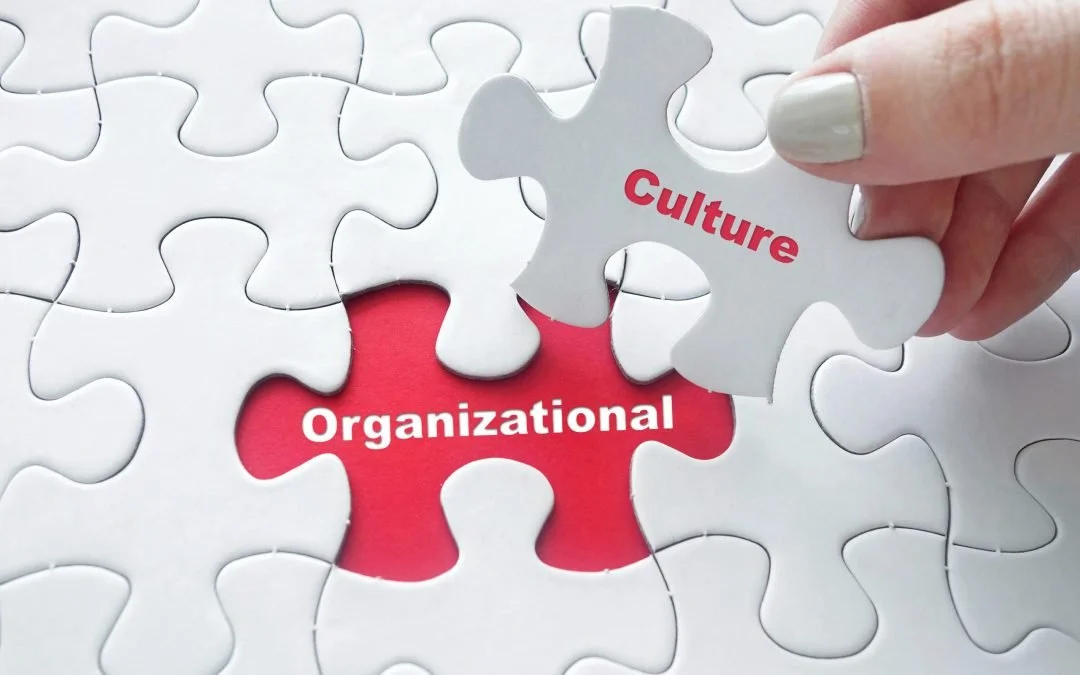Building A Culture of Excellence
Many nonprofits play a crucial role in addressing critical societal needs, from poverty and hunger to education and environmental protection. To effectively fulfill their missions and maximize their impact, nonprofits must cultivate a culture of excellence. This involves fostering a high-performance environment where staff are empowered to excel, resources are utilized efficiently, and programs demonstrate measurable outcomes. By prioritizing a culture of excellence, nonprofits can ensure their work is sustainable, impactful, and ultimately, better serves the communities they aim to support.
Recently, a CEO reached out to me expressing concern about the stagnation and potential decline of their organization. Together, we explored stakeholder engagement and identified missed opportunities. Based on our discussion, we co-created these strategies to help the organization cultivate a culture of excellence.
Everyone, from leadership to entry-level employees, strives for the highest possible quality in their work.
There's a constant focus on identifying areas for growth and implementing strategies to enhance performance.
Innovation is encouraged where new ideas and creative solutions are welcomed and supported.
Everyone is responsible for their actions and the outcomes of their work.
Outstanding contributions, small and big, are celebrated and acknowledged.
Staff are provided with opportunities for growth, learning, and professional development.
Easy, right? Know the warning signs that will prevent your organization from building a culture of excellence. If staff or volunteers don't understand the organization's overall objectives and how their work contributes to them, it's difficult to strive for excellence. When leaders who micromanage, lack empathy, or fail to provide adequate support and recognition can stifle creativity and motivation. When staff and volunteers lack the necessary tools, technology, training, or budget can limit their ability to perform at their best. If your organization has a culture that punishes mistakes instead of viewing them as learning opportunities can discourage risk-taking and innovation.
It's important that these and other factors are interconnected and can reinforce each other. Addressing these challenges requires a multifaceted approach that involves strong leadership, open communication, employee empowerment, and a focus on continuous improvement. My experience has shown that building and nurturing a culture of excellence fosters a mindset where success is a shared responsibility, everyone is committed to achieving the best possible results, and continuous learning and growth are essential for both individual and organizational success.

